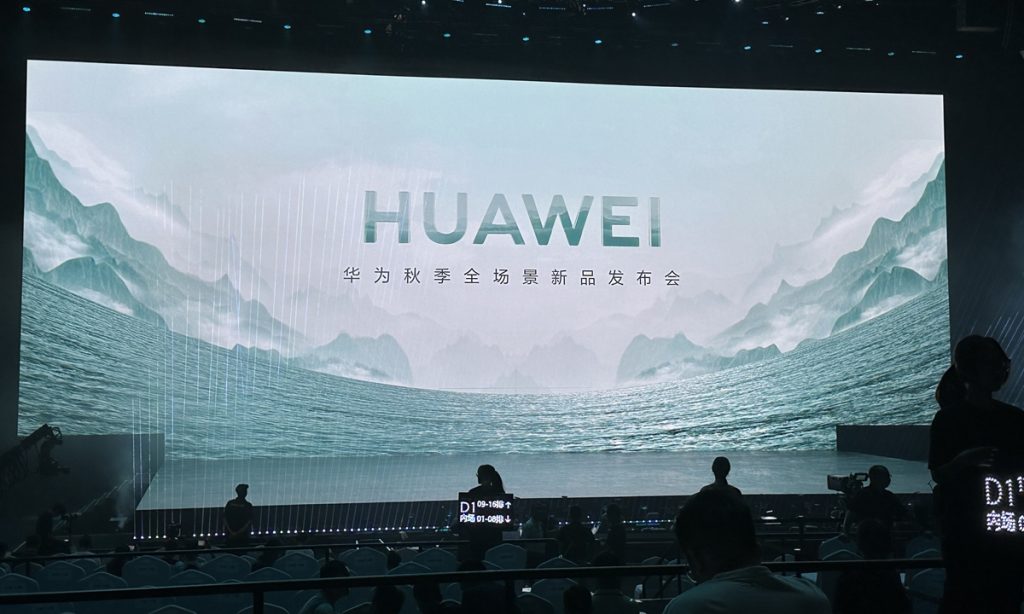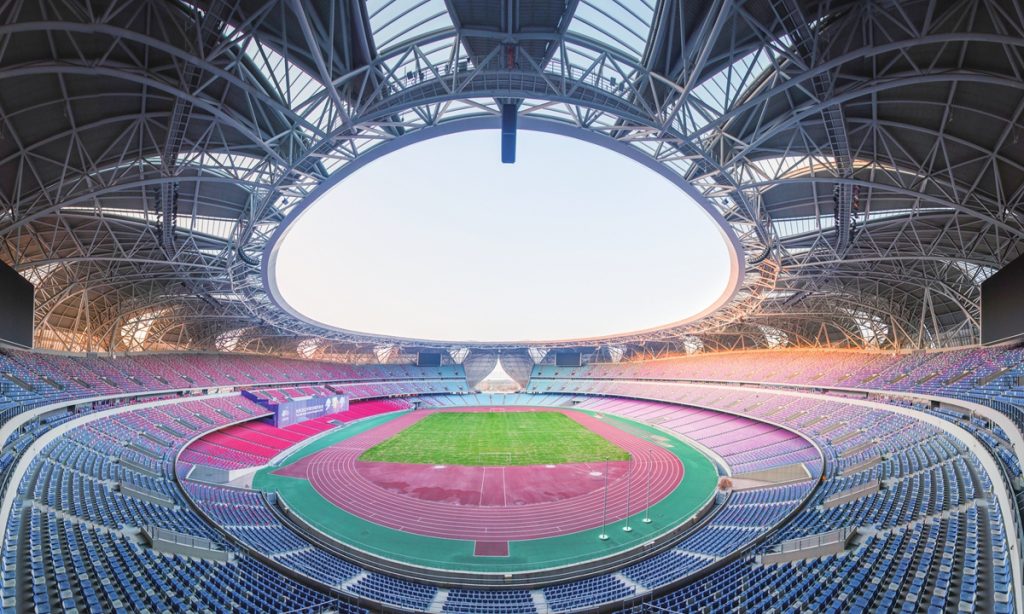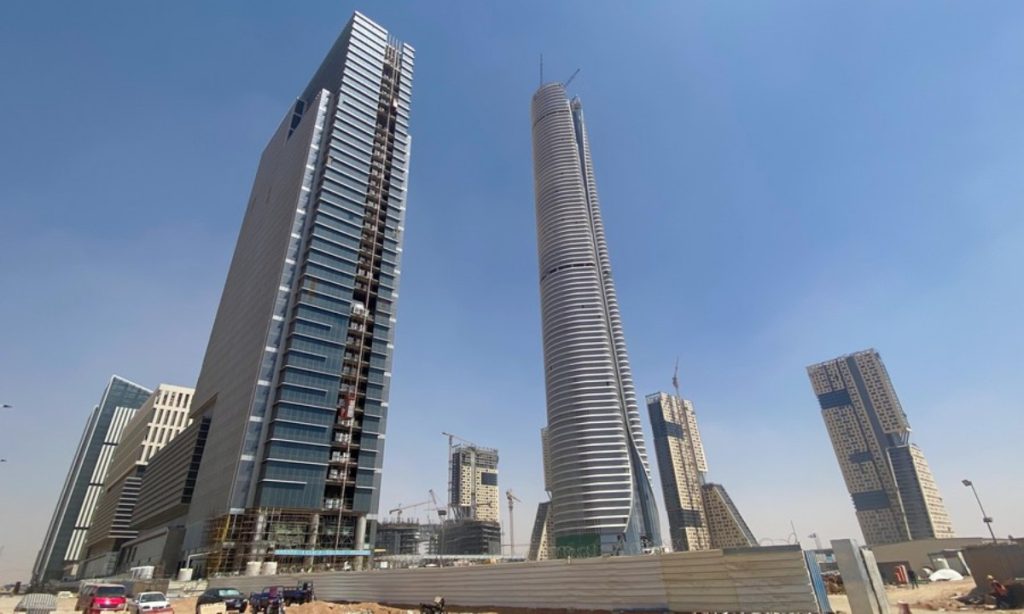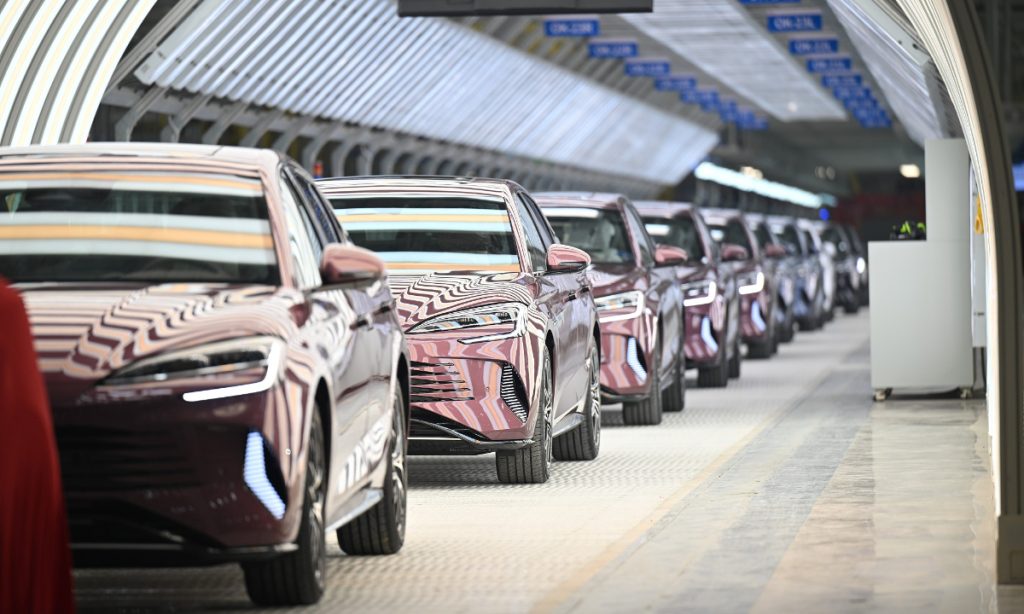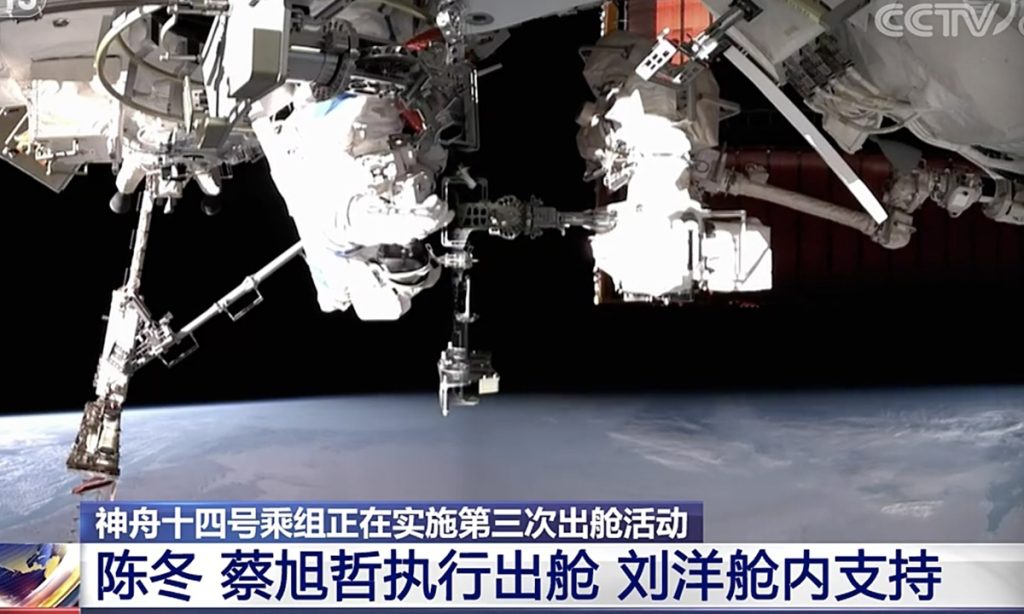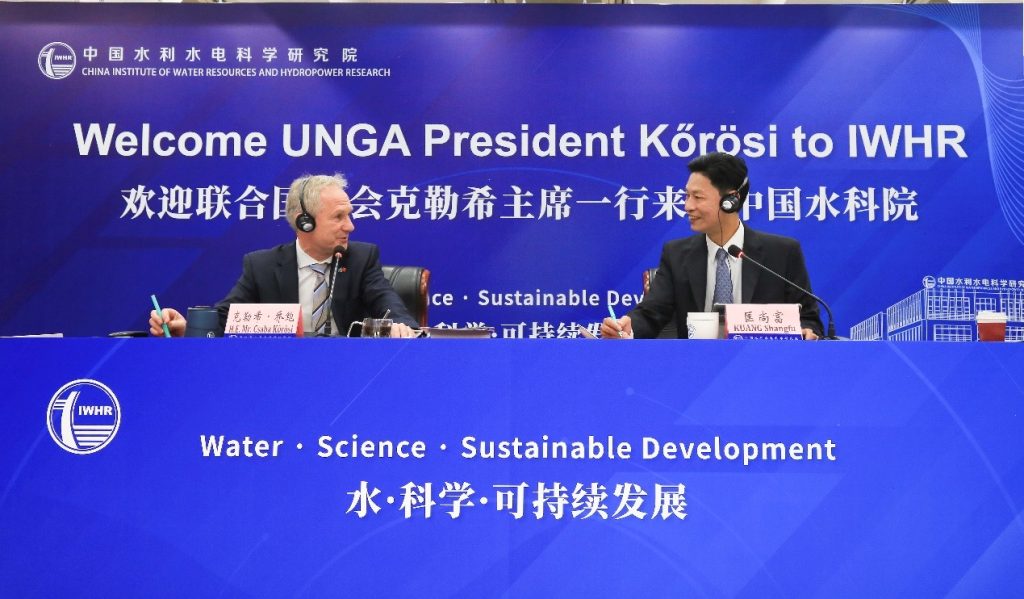Xiangshan Forum: fostering security mutual trust

Some of the most influential security discussion platforms in the world provide valuable insights into global events. The IISS Shangri-La Dialogue, jointly organized by the UK and Singapore, provides a chance for open debates between the US and China on the Asian agenda. The Munich Security Conference in Germany and the Halifax International Security Forum in Canada are renowned for their roles as weather vane for European security and US foreign policy. The Beijing Xiangshan Forum in China offers a unique opportunity to gain insights into China's security landscape.
The 10th Beijing Xiangshan Forum will be held in Beijing from October 29 to 31. It serves as a platform for the rising China to raise its voice, allowing the outside world to understand its global strategic direction and its strategic mentality.
In 2004, when I established a connection with the People's Liberation Army Academy of Military Science (AMS), I was working as a researcher at the Korea Institute for Defense Analyses, focusing on Chinese military research and communication. My research has developed through academic exchanges with AMS. I attended the first Xiangshan Forum in 2006 and have not missed a single forum since then. I have also had the privilege of speaking at panel sessions of the Xiangshan Forum and writing commentaries on forum topics for Chinese and foreign newspapers and magazines. Even during the pandemic, I continued to participate in expert video conferences organized by the Xiangshan Forum. I have closely followed the forum's development and growth.
The Xiangshan Forum has significantly expanded the vision of China's defense diplomacy and has become a prominent symbol of its military diplomacy. The forum covers a wide range of topics, including cutting-edge subjects such as the application of artificial intelligence in defense, as well as addressing hot-spot and sensitive issues. Since the start of the forums, the level of attendees has steadily increased, and the scale of the forum has expanded over time. The organization of the event, including personnel, has also become more refined. Most importantly, the strategic significance of the Xiangshan Forum is increasingly prominent. China's willingness to contribute to regional peace and security is continuously transmitting positive influence to the world.
The development of the Xiangshan Forum can be divided into three stages. The first stage, from 2006 to 2014, involved biennial dual-track expert-oriented conferences. The second stage, from 2015 to 2022, the forum was held annually and transformed to an annual "1.5-track" semi-public conference, starting from the sixth forum. Due to the COVID-19 pandemic, several meetings were held virtually. Now, with the upcoming 10th forum in 2023, it is time to enter the third stage, establish a new position and explore new roles.
For the future development of the Xiangshan Forum, I would like to propose the following.
On a macro level, I hope that the forum can serve not only as a platform for dialogue and debate but also as a hub for value exchange. The Xiangshan Forum has now become the highest-level and largest-scale "1.5 track" security dialogue hosted by China, which also means that it has become a touchstone for the world to understand the breadth and depth of China's influence. Therefore, the Xiangshan Forum should provide opinions and solutions on regional hotspots and other issues through its own discourse, and contribute to the realization of a secure world. Additionally, by proactively discussing forward-looking topics, the Beijing Xiangshan Forum can foster a virtuous circle of regional security through healthy discourse competition.
In terms of format, special events can be organized to shed light on China's defense, such as introducing China's defense white paper, defense budget as well as the status quo and role of UN peacekeeping operations. Furthermore, more countries that have shown an interest in China's military transparency can be invited and high-level delegations should be encouraged to participate. Lastly, the forum could organize a foreign expert evaluation meeting at the conclusion of the event. Their evaluations and suggestions will enrich the content of future forums.
China is going global, from the economic realm to the security field. This naturally leads to a healthy competition for discourse dominance between major powers. Of course, it has not been smooth sailing for China to promote high-quality discourse competition. The more difficulties it faces, the more it needs a mature dialogue platform. The Beijing Xiangshan Forum can become a platform that utilizes international wisdom and capabilities to propose solutions. We anticipate its greater role in establishing predictable and sustainable trust. For the future development of the Xiangshan Forum, I hope its discourse fragrance remains neither overpowering nor weak, but rather lingers and extends into the distance.
